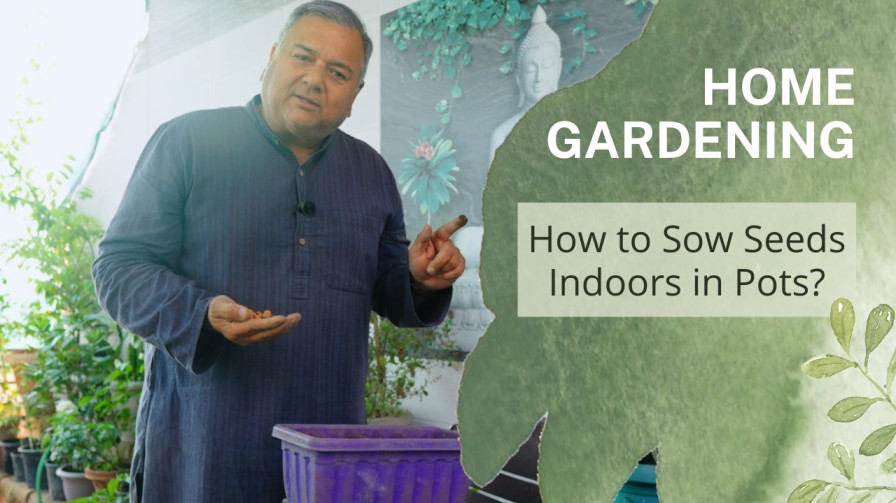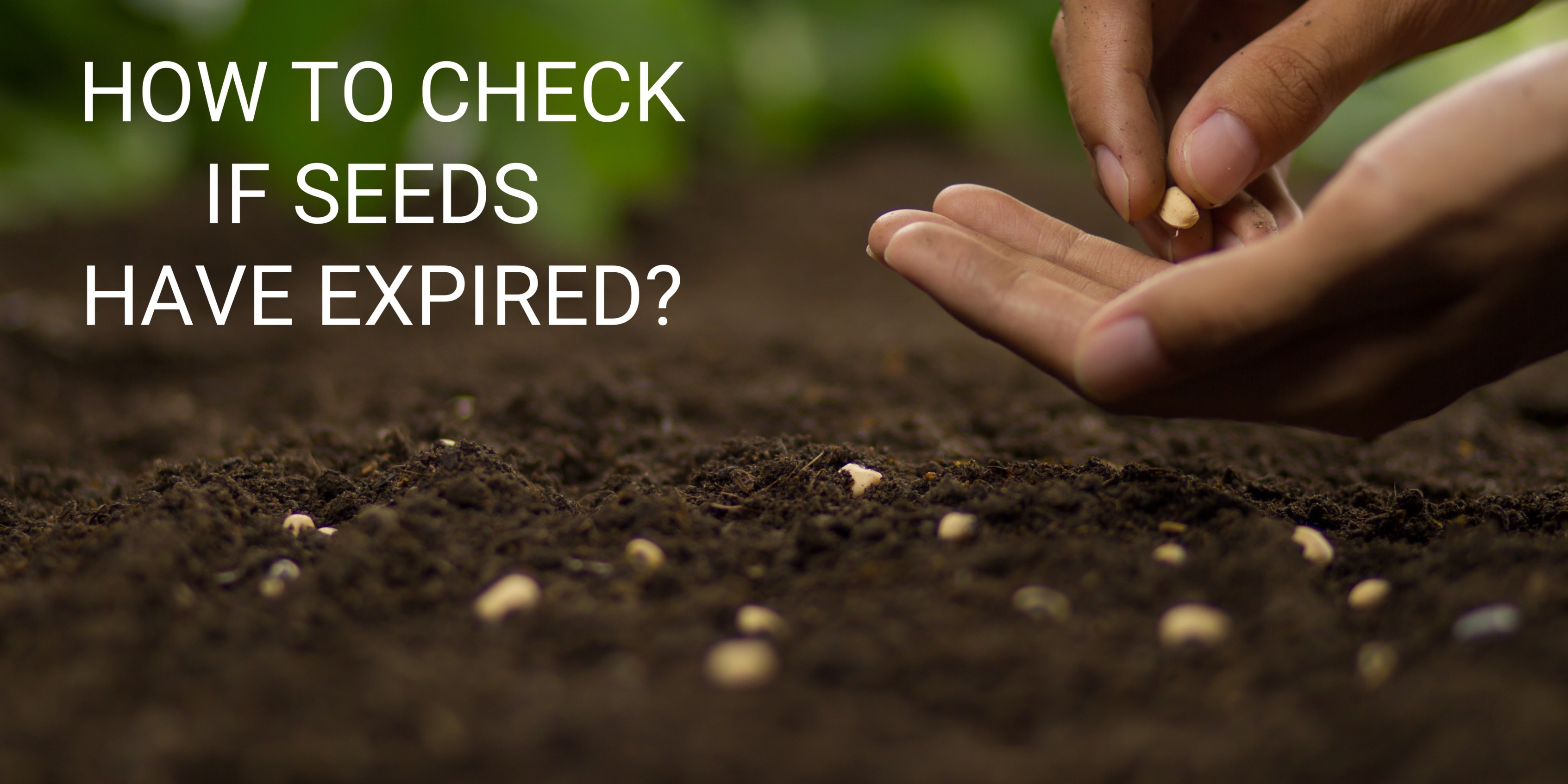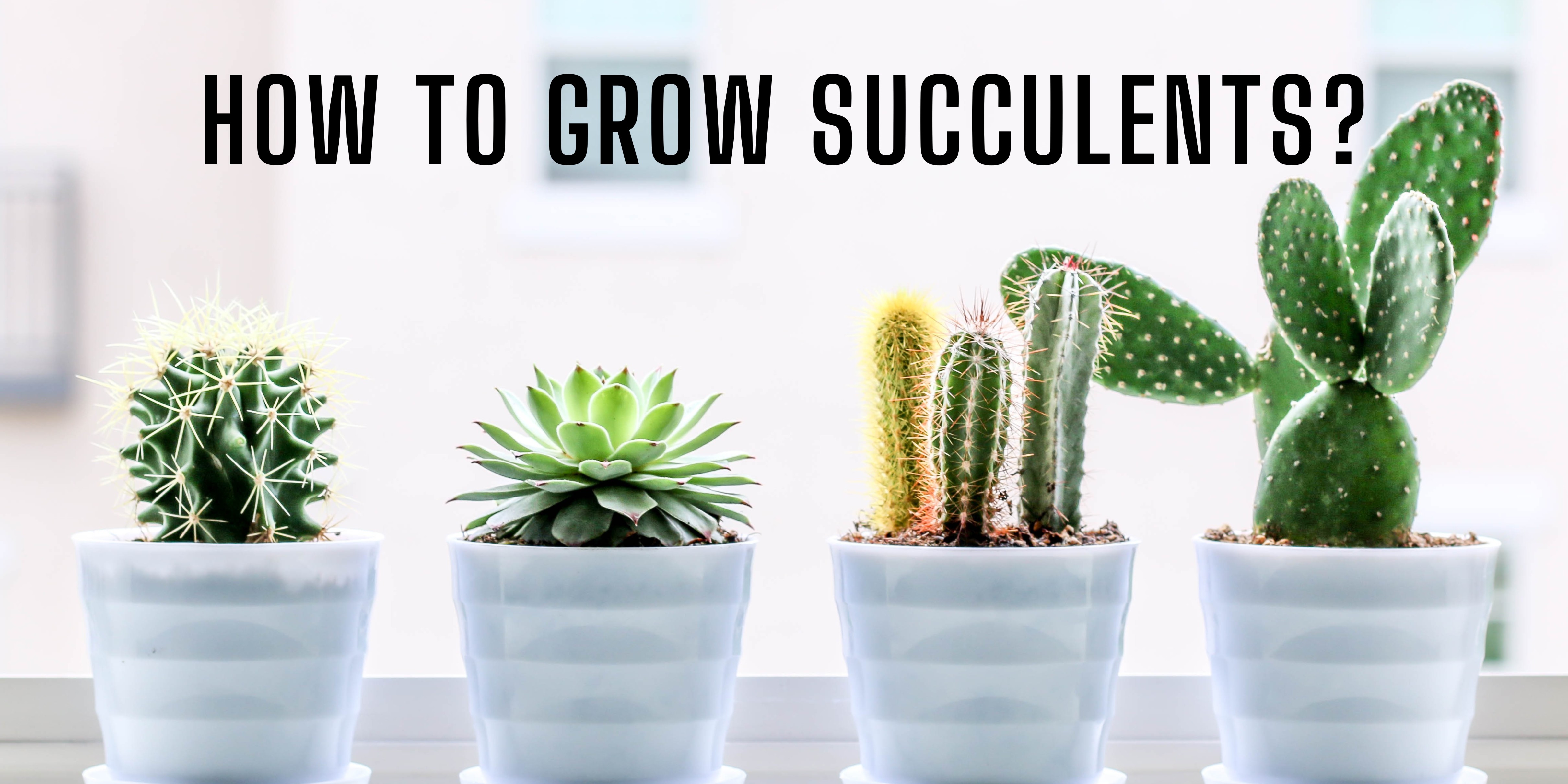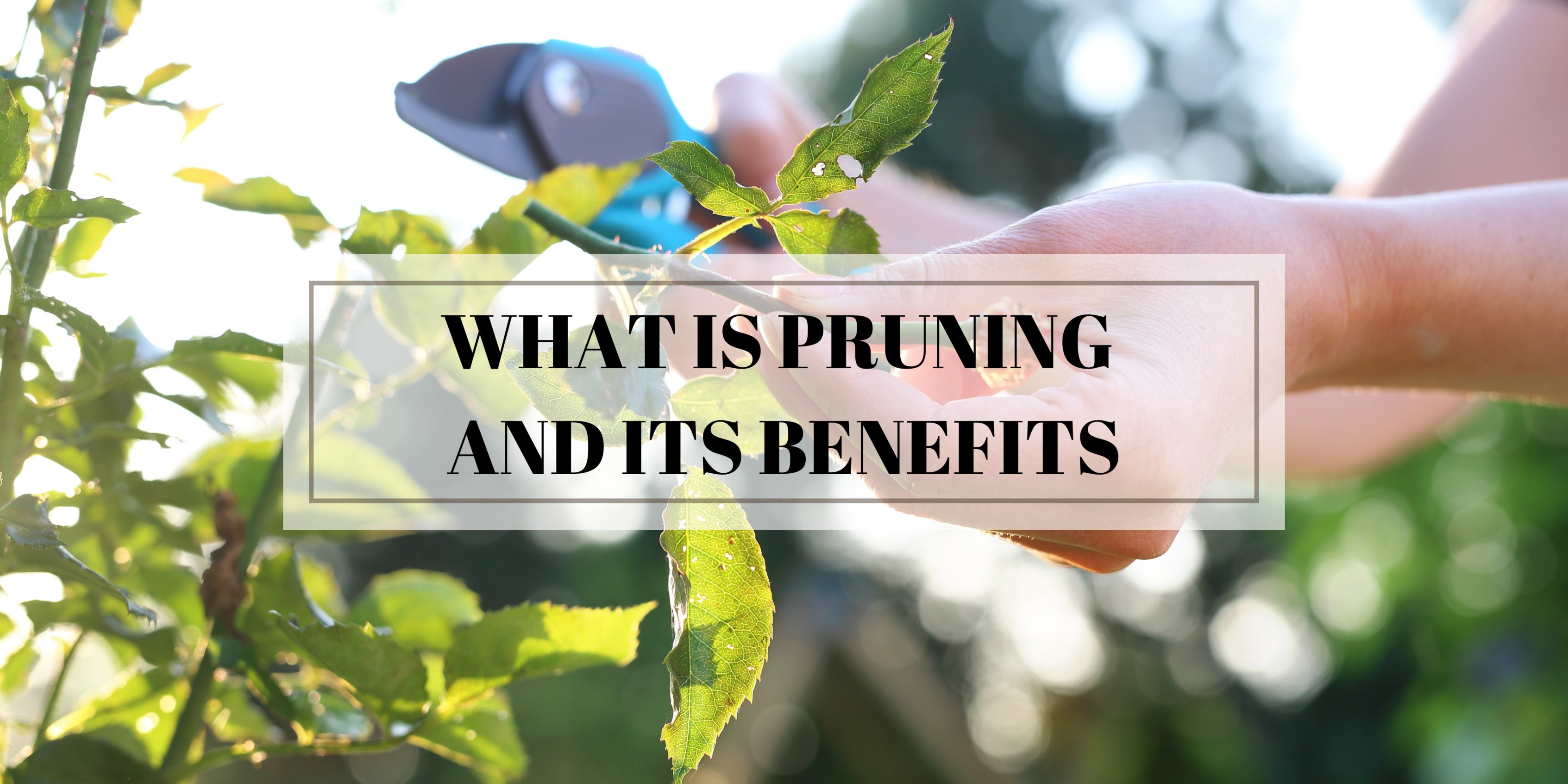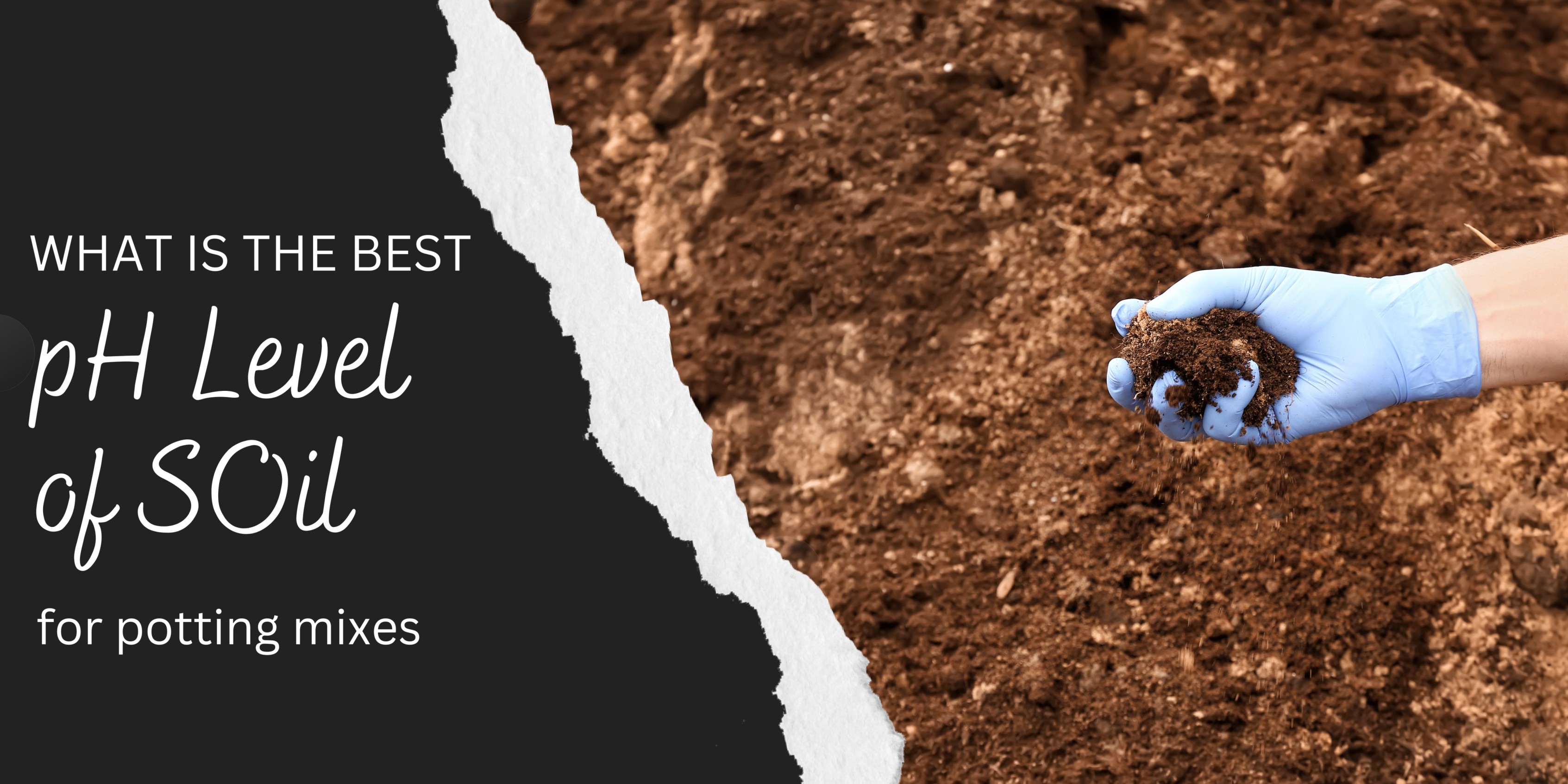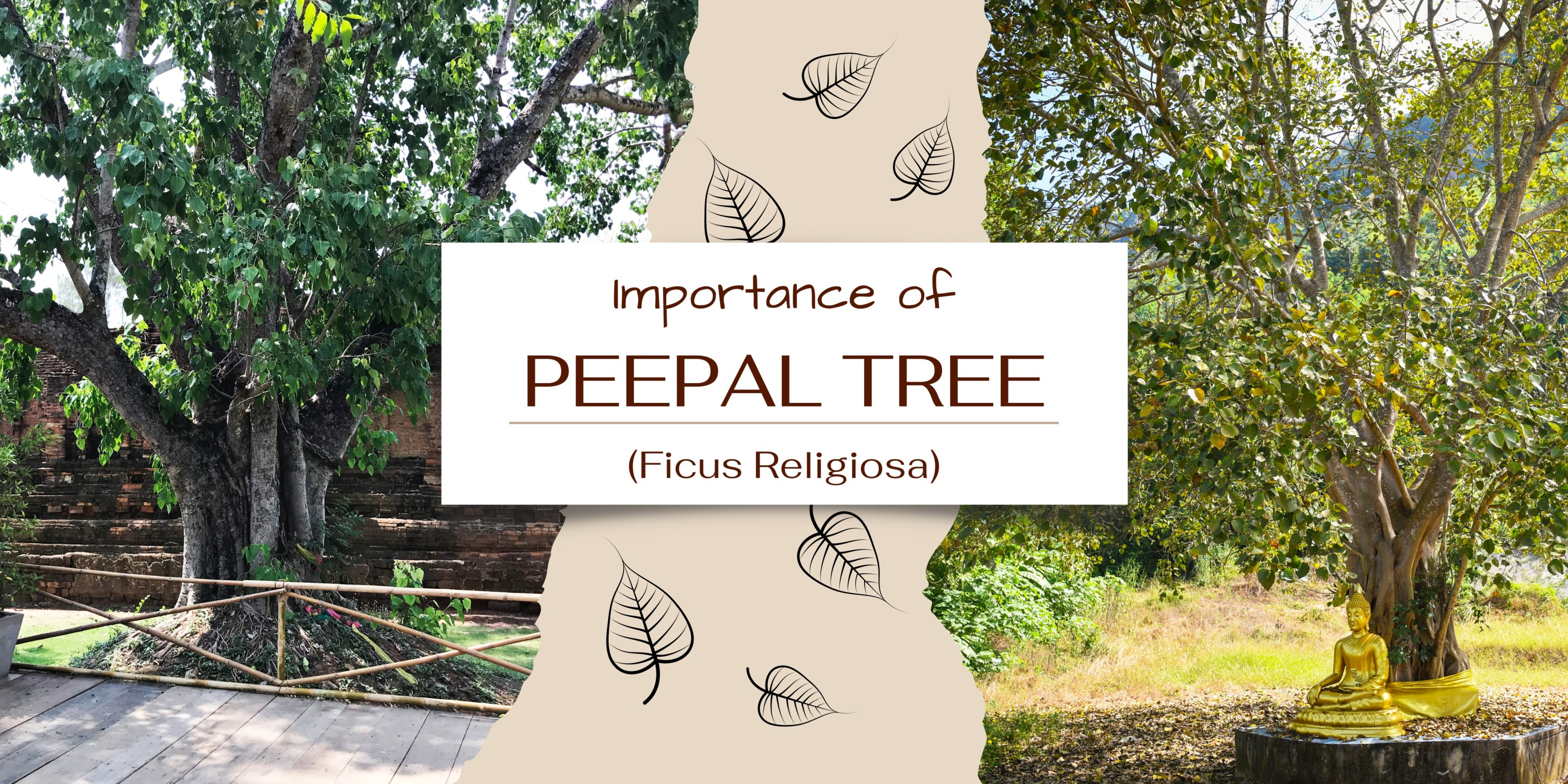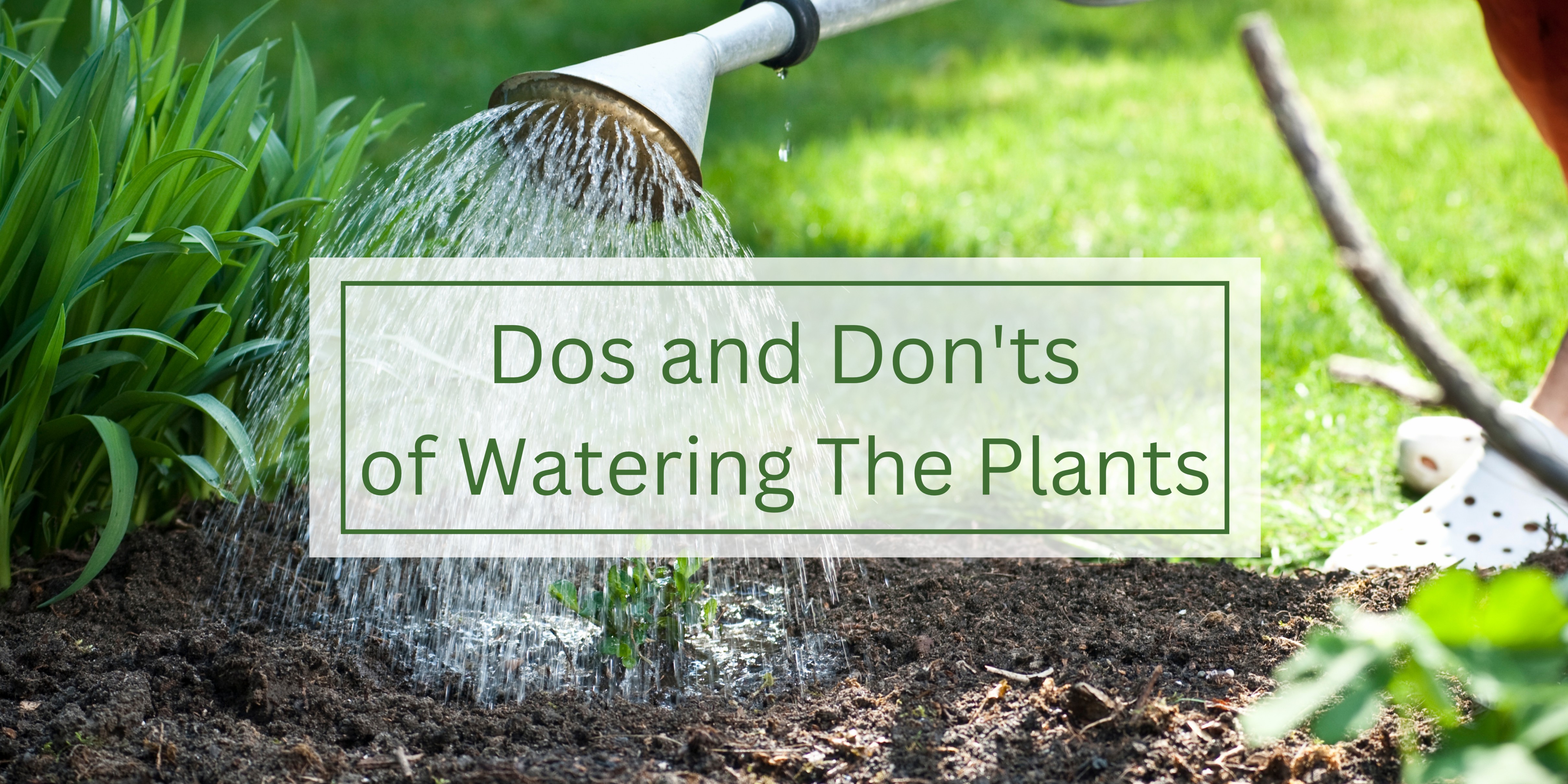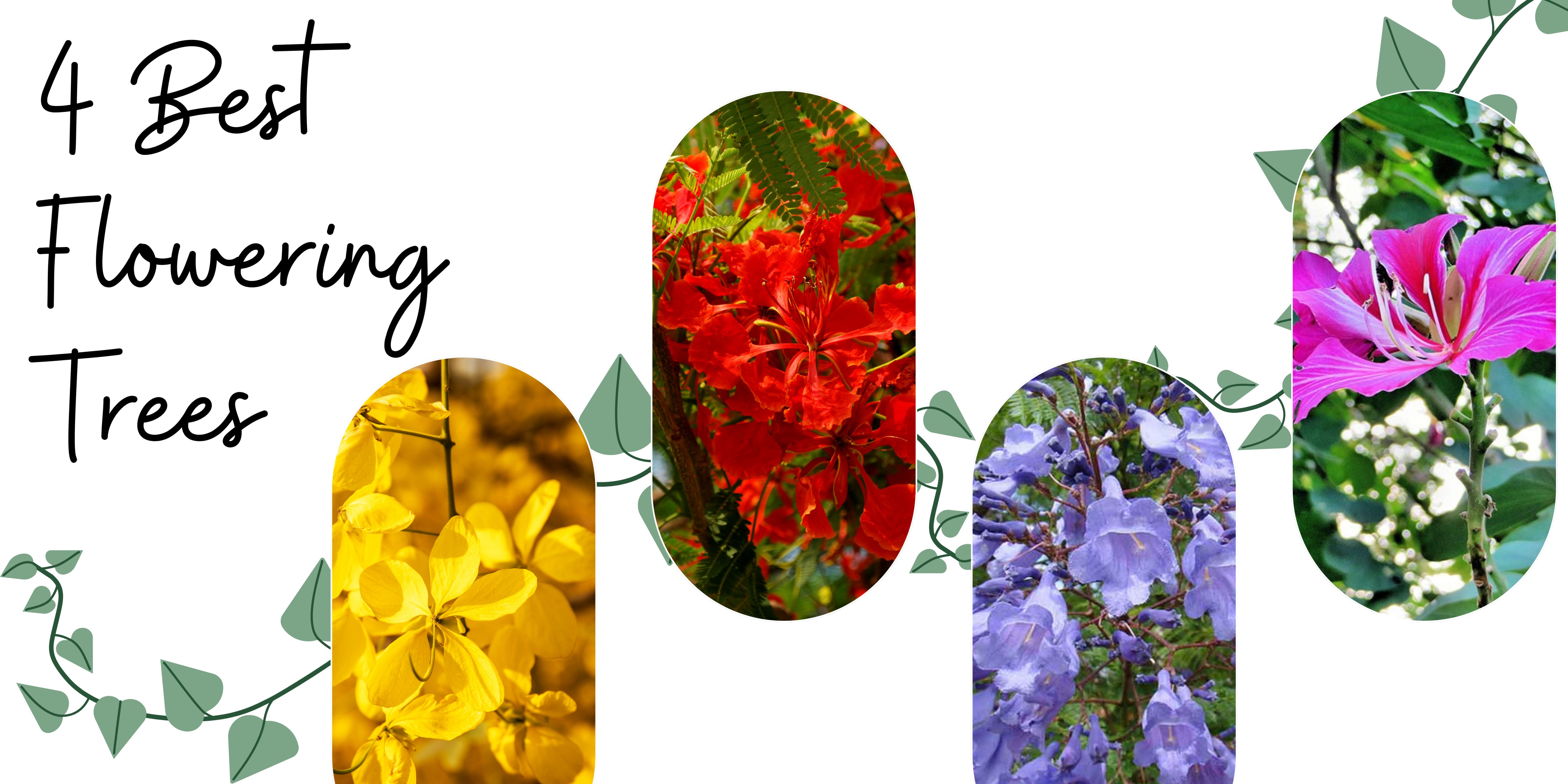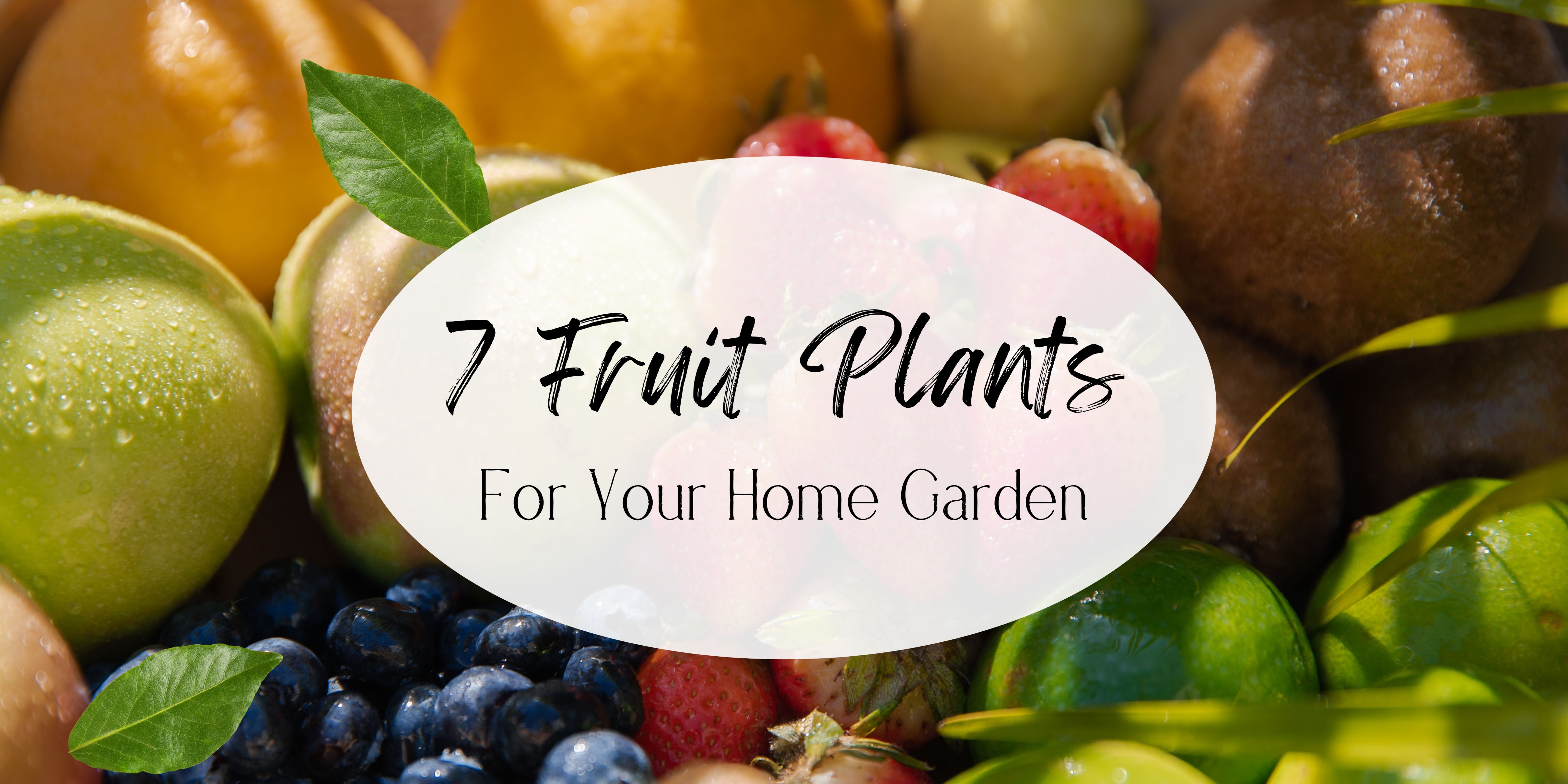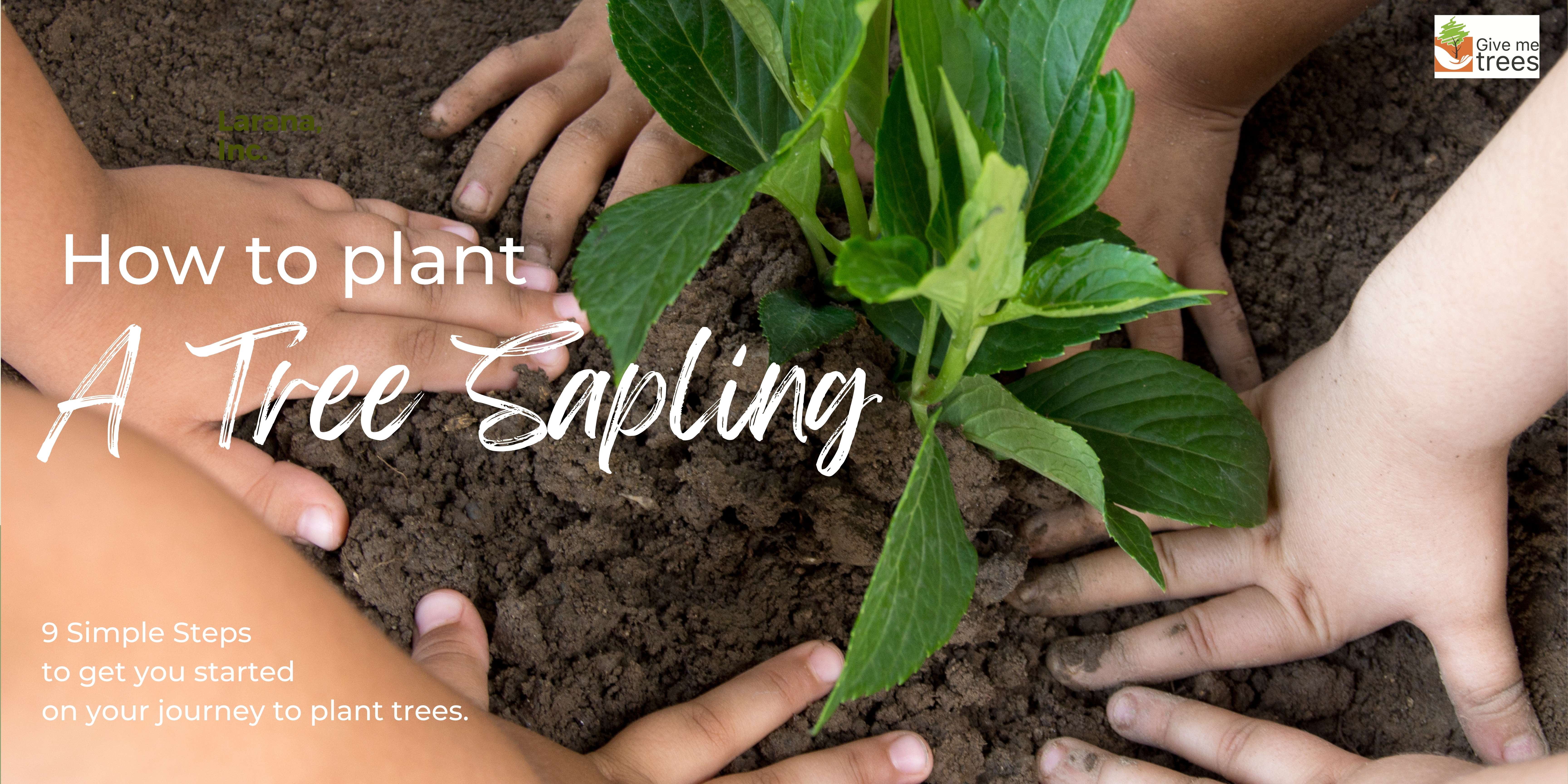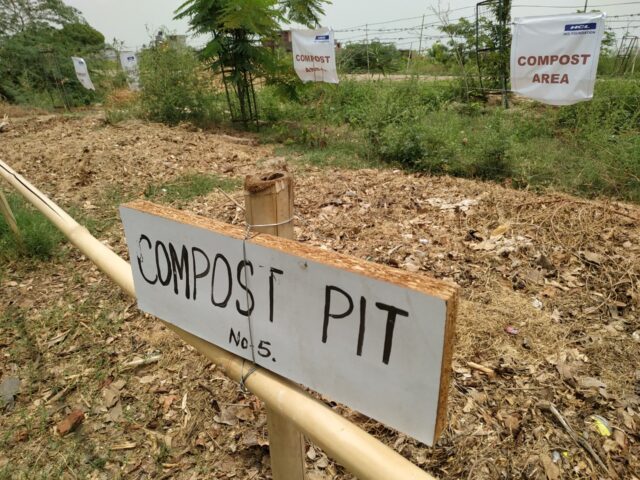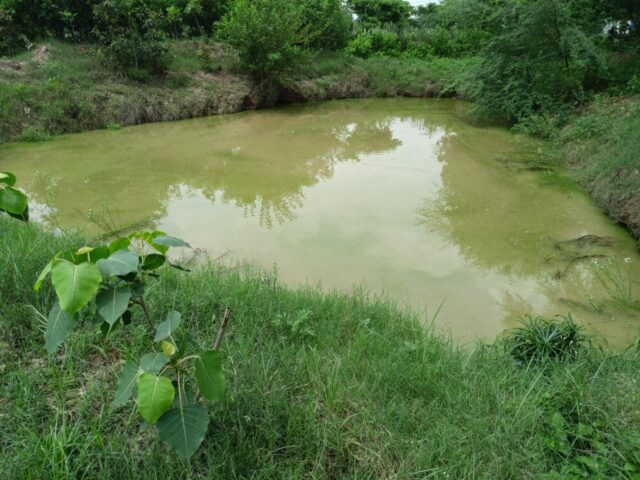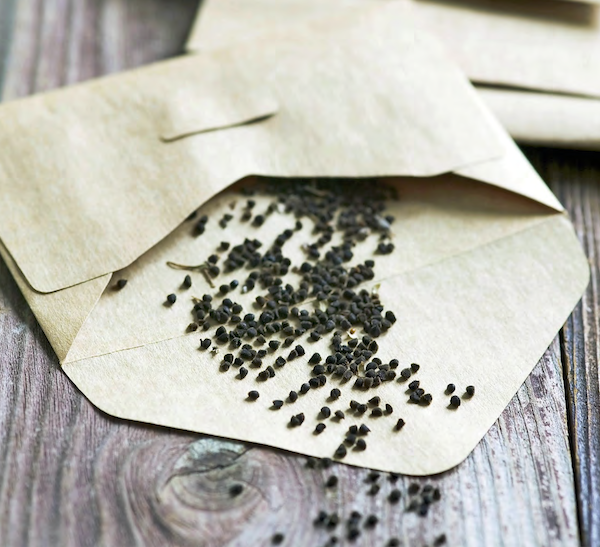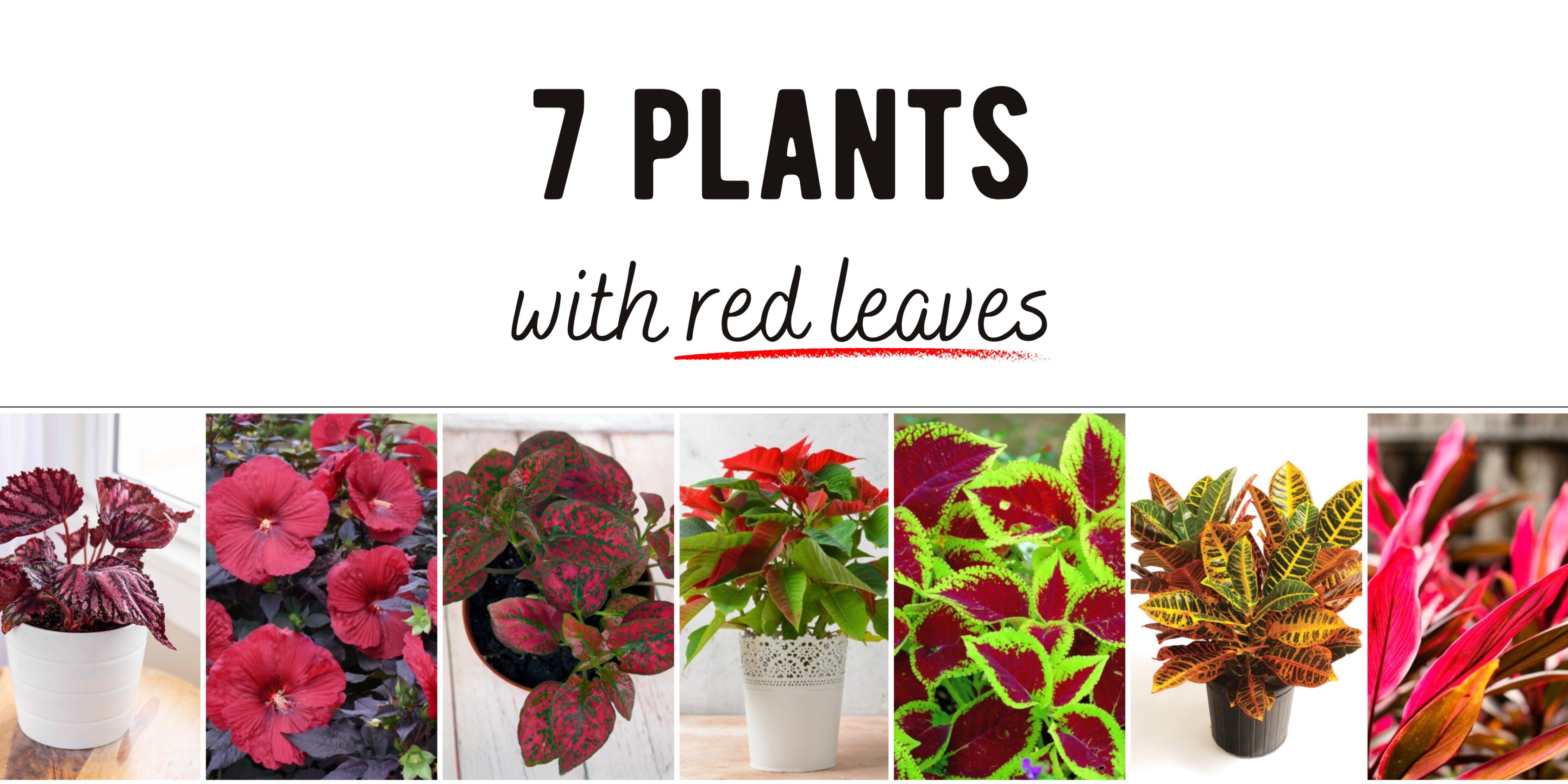
There are many plants with red leaves, ranging from small houseplants to larger outdoor shrubs. Having plants with different color of leaves make for a bright addition to your home gardens by providing contrasting colors. Plants with red leaves are surely one of the favorites of many gardening lovers. Some plants have red shades while others carry red hues. Here are 7 examples of plants with red leaves:
Best Plants with Red Leaves
1. Coleus: Coleus is a popular houseplant with red leaves. Its large, colorful leaves can be red, pink, and green. Coleus is often grown outdoors as an annual plant but it can be grown indoors as well if you can provide efficient bright light.
Botanical Name: Plectranthus scutellarioides

2. Croton: One of the most striking features of the Croton plant is its red leaves. These leaves can range from a deep maroon to a bright scarlet, making the croton an eye-catching addition to any garden. The red color of Croton's leaves is due to the presence of pigments called anthocyanins. These pigments are responsible for the red, purple, and blue hues found in many flowers and fruits. To keep your croton plant's red leaves looking their best, it's important to provide the plant with plenty of bright, indirect light and to maintain a consistent temperature. Croton plants prefer warm, humid conditions and can be sensitive to cold drafts or sudden changes in temperature.
Botanical Name: Codiaeum variegatum

3. Polka Dot Plant: Polka Dot plant, also known as Red Splash Plant is a popular houseplant that is loved by many due to its unique and eye-catching appearance. The plant features vibrant red spots on its leaves, which contrast beautifully against the green foliage. It is a relatively low-maintenance plant that prefers bright, indirect light and moist soil. It is one of the best plants with red leaves.
Botanical Name: Hypoestes phyllostachya

4. Rosemallow: The Rose Mallow plant is a beautiful flowering shrub. The plant is known for its large, showy flowers that come in many different colors, including red, pink, white, and purple. While the leaves of the Rose Mallow plant are typically green, there are some varieties that have red leaves. If you are considering adding a Rose Mallow plant with red leaves to your garden, it is important to note that they prefer moist, well-drained soil and full sun to partial shade.
Botanical Name: Hibiscus moscheutos

5. Begonia Plant: The Begonia plant with red leaves is a stunning ornamental plant that can add a pop of color to any garden or indoor space. This plant is a member of the Begoniaceae family and is native to tropical and subtropical regions. It is commonly known as Angel Wing Begonia due to its unique wing-shaped leaves. It prefers bright, indirect light and well-draining soil. It is important to keep the soil moist but not waterlogged, as overwatering can cause root rot. To encourage healthy growth, fertilize the plant every two weeks during the growing season. In addition to its striking red leaves, the Begonia plant also produces beautiful pink or red flowers. These flowers typically bloom in the spring and summer months and can last for several weeks.
Botanical Name: Rex Begonia
.jpg)
6. Ti Plant: It is a very common houseplant with red and purple hues in its leaves. It is a tropical plant with long, narrow leaves that come in a variety of colors, including red. To care for your Ti Plant, be sure to plant it in well-draining soil and keep it in a location that receives plenty of bright, indirect sunlight. Water the plant regularly, but be careful not to overwater, as this can lead to root rot. You can also fertilize your Ti Plant every few weeks during the growing season to encourage healthy growth.
Botanical Name: Cordyline fruticosa
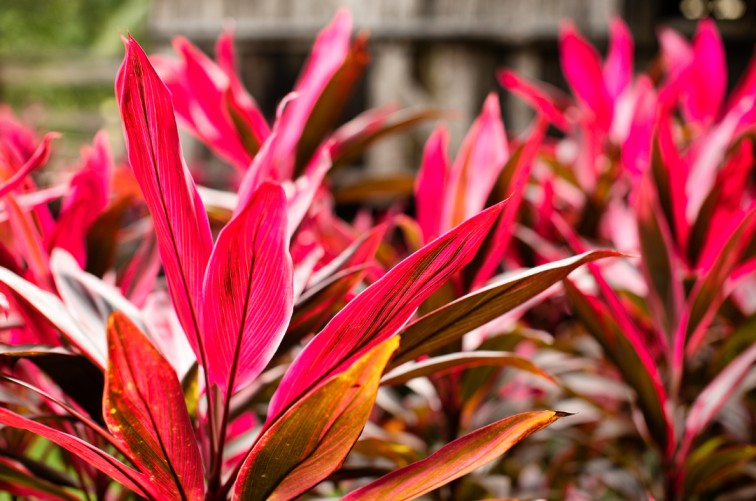
7. Pointsettia: The poinsettia plant with red leaves is a popular holiday decoration plant that is native to Mexico. To care for a poinsettia plant with red leaves, it is important to keep it in a warm, sunny location and to water it regularly but not excessively. The plant prefers well-drained soil and should not be allowed to sit in standing water. The reason why the leaves of Poinsettia plants are red is due to a process called photoperiodism. This means that the plants respond to the amount of daylight they receive. As the days become shorter in the fall, the Poinsettia plants receive less daylight, triggering a chemical reaction in the leaves. Specifically, the red coloration is produced by pigments called anthocyanins which are stimulated by the reduction in daylight hours. It is one of the popular ornamental plants with red leaves.
Botanical Name: Euphorbia pulcherrima

These are just a few examples of plants with red leaves. There are many more to choose from, so you can find the perfect plant to add some color to your garden or home. Red leaves plants aren’t just for the outdoors, they are also for indoors. Apart from the above, you can choose from many more by visiting your local nursery and adding colors to your garden or home.
Liked It? Pin It!

.png)








